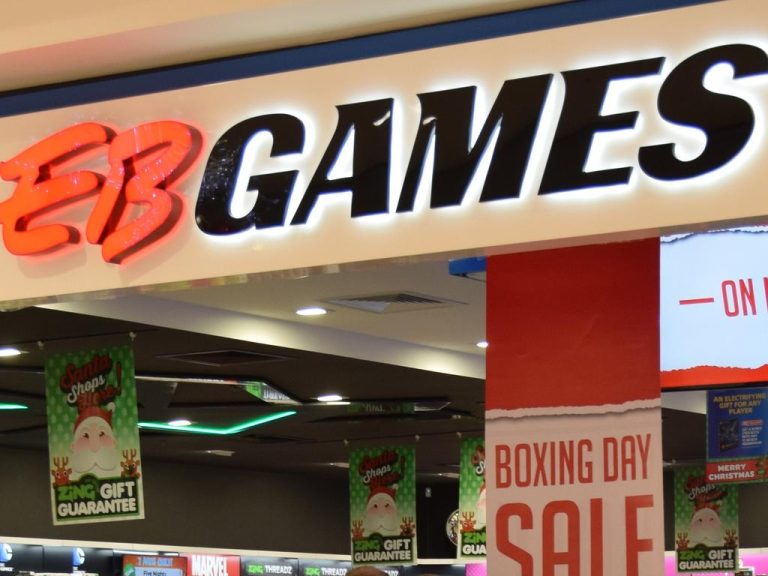Looking into the crystal ball: 5 tips for 2014

If each of us had a crystal ball, we would probably all be successful commercial property investors, taking de-risked punts willy nilly with the confidence of foresight.
In reality, no matter how many times we’ve wished we could predict fortunes, the best most investors can do is take heed of the experts.
Large agencies like JLL and their peers pour a fair whack of money into research and produce forecasts backed by genuine analysis.
They know that if they get it too wrong, their clients might start shopping around for alternative guidance.
JLL’s latest forward-looking report – The Year of the Push-Pull Market – is a focussed attempt to give clients an informed view of what influences are likely to affect commercial property market returns in 2014.
It attempts to measure the main negatives and positives – thus the Push-Pull in the report’s title – that shaped 2013 and will most likely spill into this year, while tipping a few new influences
A key theme of last year’s commercial property landscape was a disconnect between strong investment activity and a subdued leasing market, the report said.
For instance, CBD offices posted the weakest year on record, according to JLL.
Commercial property – the year ahead
So far, the current year is showing the familiar signs of falling rents and rising vacancies.
On the “push” side, JLL believes capital will continue to flow strongly into commercial property markets, especially from superannuation funds whose contributions have soared by 45% to $1.7 trillion in the years since the global financial crisis.
On the “pull” side, factors that are likely to dampen activity are wide prime yield spreads, limited investment opportunities in premium markets, growing obsolescence of office stock as tenants’ demand more up-to-date and eco-friendly facilities, as well as activity-based workplace designs, shoppers preferring online spending and home deliveries over high street shopping and even consolidation in the hardware sector.
Another potential downer is the increasing trend among government, non-government and not-for-profit organisations to offload assets in a bid to lower debt and strengthen balance sheets. The potential of an increased supply of such assets would put downward pressure on property values if it were not matched by keen demand.
The report holds that more sophisticated investors will be attracted to less centralised locations, which is described as “travelling up the risk curve”, such as a regional shopping centres, which last year became a favourite with some institutions.
Australian investors will ramp up their international shopping, buying increasingly more global assets after their big exodus from offshore markets in the wake of the financial crisis.
A stronger interest will become apparent in vacant or rundown sites that offer development or refurbishment possibilities. Known as optionality value, this type of investment becomes more pronounced when interest rates are low, rising volatility is prolonged and the value of older assets with potential grows: all factors which are now at play.
And finally, five of the report’s top benchmark predictions it is putting money on are:
- Yield spreads between prime and secondary grade assets will shrink;
- Incentives to tenants will remain historically high;
- Office market vacancy rates will climb;
- Household spending patterns and saving rates will revert closer to long-term norms; and
- Investor return expectations will adjust to a lower-growth economy.







